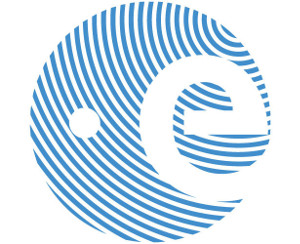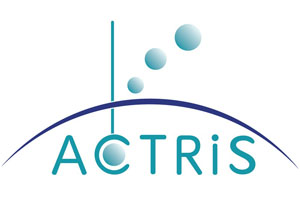Motivation
Information about aerosol/cloud characterization is becoming an important topic in the context of current (e.g Flex, CarbonSat) and future EO optical mission concepts. Related data products are crucial for atmospheric correction or even serve as potential spin off products.
Required information about the aerosol and cloud types should be inferred by a common aerosol/cloud classification scheme, applicable to the related missions. Therewith, a clear need to consolidate a harmonized aerosol/cloud database for these purposes exists.
The well-established European Aerosol Research Lidar Network (EARLINET) offers the unique opportunity to support such an effort. Several EARLINET stations operate multi- wavelength Raman lidars, with most of them measuring particle depolarization as well. Network’s so-called “core stations” deliver the needed parameter set, so that conversion factors for a variety of aerosol types can be derived experimentally over a comparably long time period.
However, EARLINET database suffers from lack of information for specific aerosol types such as marine and mixed dust/marine cases. Unfortunately, these types are not observed in EARLINET’s core stations, since the stations are mostly located at continental sites and are influenced by urban pollution. Moreover, the lidar systems near the coastlines suffer from the inability to measure at the first few hundred meters (500-1000 m) due to their technical design, which results in an incomplete laser/telescope overlap region. Thus, no information can be retrieved from the region where we usually find marine particles. The lack of marine characterization from the ground-segment is a major problem in space lidar data analysis since the majority of the global retrievals are over oceans. An uncertainty on the spectral conversion factors for marine and marine/mixed aerosol types could directly inherited to any radiative forcing analysis over the globe.
Objectives
The CHARADMExp shall focus on marine and marine-dust aerosol mixture characterization. Specifically, aerosol characterization shall be established by ground-based active/passive remote sensing techniques, surface in-situ measurements and airborne UAV observations. The proposed site for the campaign is the monitoring station of Finokalia, Greece, where only marine and dust particles are present 95% of the time (smoke can be advected as well during the August-September forest fire period.
In order to perform an in-depth aerosol classification and characterization of marine and marine-dust aerosol mixture, the following objectives have been defined:
- derive optical, microphysical and chemical properties of marine component and its mixtures with dust
- characterize lofted aerosol plumes
- estimate the turbulence within the planetary boundary layer in order to identify strong convection cases, capable of dispersing marine particles at high altitudes
- perform in situ measurements of the aerosol size distribution, aerosol mass concentration, temperature, humidity and atmospheric pressure as well as CO2, NOx and black carbon measurements.
Recent activity
News
- ITaRS participation in CHARADMExp (Jul 10th)
- UAV measurements (video) (Jul 1st)
- Cyprus Institute UAVs are heading to Sitia's airport (Jun 26th)
- Saharan dust is approaching (Jun 24th)
- Getting prepared for UAV flights over Crete (Jun 23rd)
Uploaded data
- HALO realtime (Sep 9th)
- FLEXPART (Jul 31st)
- WRF WIND (Jul 31st)
- WRF WIND (Jul 31st)
- WRF WIND (Jul 31st)



